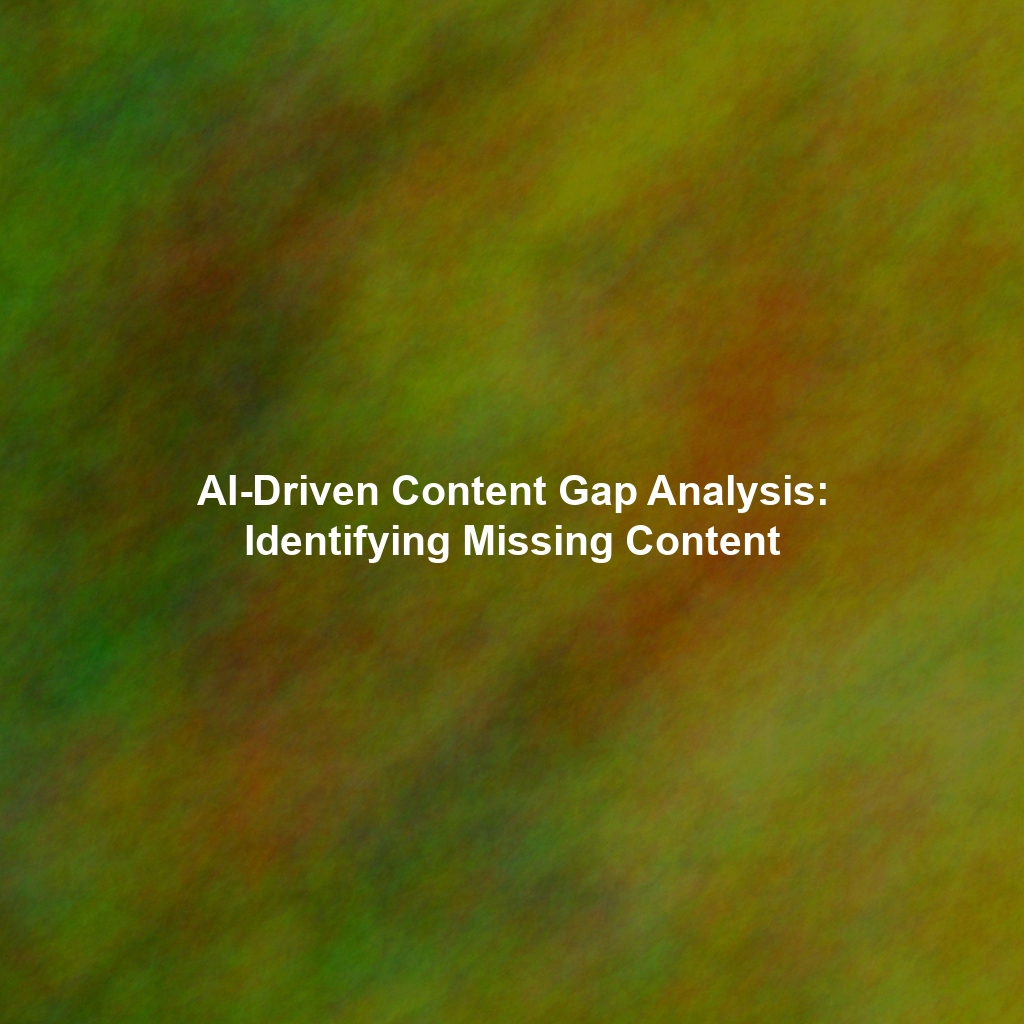Understanding AEO (Advanced Encryption Option): A Deep Dive
In today’s interconnected world, data security is paramount. Organizations and individuals alike face relentless threats from malicious actors seeking to steal, manipulate, or disrupt sensitive information. One crucial component of a robust security posture is encryption, and within the realm of encryption, the Advanced Encryption Option (AEO) plays a significant role. This article delves into the latest trends and insights surrounding AEO, providing a comprehensive understanding for IT professionals, cybersecurity enthusiasts, and businesses aiming to fortify their data protection strategies.
What is AEO and Why Does it Matter? Defining the Core Concepts
The Advanced Encryption Option (AEO), often associated with various cryptographic implementations, refers to a suite of advanced encryption algorithms and techniques. It’s not a single, standardized protocol but rather an umbrella term encompassing modern encryption methods designed to improve upon older or less secure standards. The primary goal of AEO is to provide stronger confidentiality, integrity, and authentication of data, making it more resistant to sophisticated attacks.
At its core, AEO leverages algorithms like AES (Advanced Encryption Standard) in various modes of operation, such as Galois/Counter Mode (GCM) and ChaCha20-Poly1305. These modes enhance the security and efficiency of encryption, offering features like authenticated encryption, which combines confidentiality with integrity checks to detect data tampering. The importance of AEO stems from its ability to safeguard sensitive information, including financial records, personal data, intellectual property, and critical infrastructure data.
The benefits of employing AEO are numerous, including:
- Increased Security: Robust algorithms and modes of operation offer stronger protection against known and emerging attacks.
- Improved Performance: Optimized implementations can provide fast encryption and decryption, minimizing performance impact.
- Data Integrity: Authenticated encryption ensures that data has not been altered during transit or storage.
- Compliance: AEO helps organizations meet regulatory requirements and industry standards for data protection (e.g., GDPR, HIPAA).
Key Trends Shaping the Future of AEO
The landscape of encryption is constantly evolving. Several key trends are influencing the development and adoption of AEO:
The Rise of Quantum Computing and Post-Quantum Cryptography (PQC)
One of the most significant trends is the anticipated advent of practical quantum computers. These powerful machines pose a potential threat to existing cryptographic systems, including some commonly used encryption algorithms. This has spurred the development of Post-Quantum Cryptography (PQC), which comprises cryptographic algorithms designed to be resistant to attacks from both classical and quantum computers. AEO implementations are beginning to incorporate PQC algorithms, ensuring long-term security.
Organizations like the National Institute of Standards and Technology (NIST) are actively working to standardize PQC algorithms. Their efforts are crucial for the seamless integration of PQC into existing systems and infrastructure. This transition will require careful planning and implementation to avoid disruptions while maintaining the highest levels of data security.
Hardware-Accelerated Encryption
To minimize performance overhead, hardware-accelerated encryption is becoming increasingly prevalent. This involves offloading encryption and decryption tasks to dedicated hardware components, such as specialized processors or security modules. These hardware accelerators can significantly improve encryption speeds, making AEO more practical for high-volume data processing and real-time applications. Examples include Intel’s AES-NI (Advanced Encryption Standard New Instructions) and similar technologies from other vendors.
The use of hardware acceleration streamlines the encryption process, reducing the impact on CPU resources. This ultimately delivers faster and more efficient data protection, which is especially critical in environments like data centers and cloud computing platforms.
The Growing Importance of Authenticated Encryption
Authenticated encryption, which combines confidentiality with data integrity checks, is gaining increasing prominence. Algorithms like AES-GCM and ChaCha20-Poly1305 are becoming standard choices for AEO implementations. Authenticated encryption ensures that data is not only encrypted but also that it has not been tampered with during transit or storage. This is essential for preventing man-in-the-middle attacks and ensuring data authenticity.
The adoption of authenticated encryption reflects a growing awareness of the need for comprehensive data protection, which extends beyond simple confidentiality. This helps to strengthen security posture across a wide range of applications and use cases.
Cloud Encryption and Data Security
The increasing reliance on cloud computing has fueled the demand for robust encryption solutions. Organizations are looking for ways to secure their data in the cloud, both in transit and at rest. AEO plays a crucial role in this context, providing the necessary tools to protect sensitive information stored and processed in cloud environments. This includes encrypting data stored in cloud databases, file storage, and other cloud-based services.
Cloud providers are also adopting AEO technologies to secure their infrastructure and offer secure services to their customers. Security is a shared responsibility in the cloud, and the use of AEO is a key aspect of ensuring data privacy and confidentiality.
Practical Insights and Implementation Considerations for AEO
Implementing AEO effectively requires careful planning and consideration of several factors. This section provides practical insights and guidance for IT professionals and businesses.
Choosing the Right AEO Algorithm and Mode
Selecting the appropriate encryption algorithm and mode is crucial. AES-GCM is a widely adopted and well-vetted option, offering strong security and good performance. ChaCha20-Poly1305 is another popular choice, especially in environments where hardware acceleration may be limited. The choice should be based on factors such as security requirements, performance needs, and hardware capabilities.
Consider the specific threats your data faces and choose algorithms that can withstand those threats. Research and consult with security experts to determine the best options for your environment. Staying updated on the latest security recommendations and best practices is essential.
Key Management Best Practices
Secure key management is critical to the overall security of AEO implementations. This includes generating, storing, distributing, and rotating encryption keys securely. Consider using a Hardware Security Module (HSM) or a key management system (KMS) to protect your encryption keys. These technologies provide a high level of security for key storage and management, reducing the risk of compromise.
Regularly rotate your encryption keys to minimize the impact of a potential key compromise. Implement strong access controls and audit trails to monitor key usage and identify any suspicious activity. The integrity of the encryption key is paramount to data security.
Integration with Existing Systems
Integrating AEO with existing systems can be a complex process. Ensure that the chosen AEO implementation is compatible with your existing hardware, software, and network infrastructure. Testing is essential to ensure that the encryption process does not disrupt the functionality of your applications or services. Consider a phased rollout to minimize risk and ensure a smooth transition.
Document all integration steps and configurations thoroughly. Provide training for your IT staff on the proper use and maintenance of the AEO implementation. Consider consulting with security experts to ensure a successful integration and to address any potential vulnerabilities.
Performance Optimization
While AEO provides strong security, it can also introduce performance overhead. Optimize your AEO implementation to minimize the impact on performance. This may involve using hardware acceleration, optimizing encryption parameters, and carefully selecting the encryption algorithm and mode. Regularly monitor system performance to identify and address any bottlenecks.
Benchmarking your AEO implementation is crucial to understand its performance characteristics. Compare the performance of different algorithms and modes, and choose the best options for your specific needs. Optimizing performance helps you to maximize the benefits of AEO without compromising user experience.
Real-World Examples and Case Studies
Numerous organizations across various industries are leveraging AEO to protect their data. Here are a few illustrative examples:
Financial Institutions
Banks and other financial institutions use AEO to secure customer data, financial transactions, and sensitive financial records. They often employ hardware security modules and key management systems to protect their encryption keys. This helps them comply with regulatory requirements and protect against fraud and cyberattacks.
Healthcare Providers
Healthcare providers utilize AEO to protect patient data, medical records, and other sensitive health information. Encryption helps them comply with regulations like HIPAA and ensures patient privacy. They often encrypt data at rest and in transit to protect against data breaches.
Government Agencies
Government agencies use AEO to secure classified information, sensitive government data, and critical infrastructure. They often employ highly secure encryption algorithms and key management practices to safeguard their data. This helps them to maintain national security and protect critical government operations.
These examples illustrate the broad applicability of AEO in securing data across various industries. The specific implementation details will vary depending on the industry, the type of data, and the security requirements.
Staying Ahead of the Curve: The Future of AEO and Continuous Improvement
The field of encryption is constantly evolving, and staying informed about the latest trends and best practices is essential. Here are some key considerations for the future of AEO:
Monitoring and Threat Intelligence
Continuously monitor your AEO implementation for any signs of compromise or vulnerabilities. Use threat intelligence feeds and security monitoring tools to stay informed about emerging threats and attack vectors. Regularly review security logs and audit trails to identify any suspicious activity.
Stay updated on the latest security advisories and patches. Implement security updates promptly to address any identified vulnerabilities. Proactive monitoring and threat intelligence are crucial for maintaining a strong security posture.
Regular Audits and Assessments
Conduct regular security audits and penetration testing to assess the effectiveness of your AEO implementation. These assessments can help you identify any weaknesses and areas for improvement. Consider working with external security experts to perform these audits and assessments.
Address any identified vulnerabilities promptly. Implement the recommendations from your security audits and penetration tests to improve your overall security posture. Regular assessments and audits help you maintain a proactive and effective security strategy.
Ongoing Training and Education
Provide ongoing training and education to your IT staff and security personnel on the latest AEO technologies and best practices. This will help them to stay informed about emerging threats and to implement effective security measures. Consider certifications and training programs for your staff.
Foster a culture of security awareness within your organization. Encourage employees to report any suspicious activity and to follow security best practices. Ongoing training and education are essential for maintaining a strong security posture.
Conclusion: Embracing AEO for a Secure Future
The Advanced Encryption Option (AEO) represents a critical component of modern data security. By understanding the core concepts, latest trends, and practical implementation considerations discussed in this article, IT professionals, cybersecurity enthusiasts, and businesses can significantly enhance their data protection strategies. As the threat landscape continues to evolve, embracing AEO and staying informed about the latest advancements will be crucial for safeguarding sensitive information and maintaining a secure future. Implementing and managing AEO effectively is a continuous process, requiring ongoing vigilance, adaptation, and commitment to best practices. By prioritizing data security and embracing the power of AEO, organizations can build a strong defense against the ever-growing threat of cyberattacks and data breaches.
 Skip to content
Skip to content

